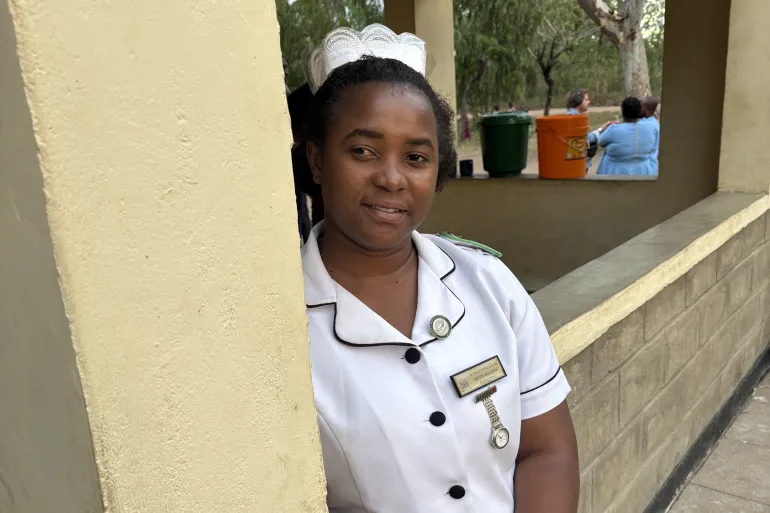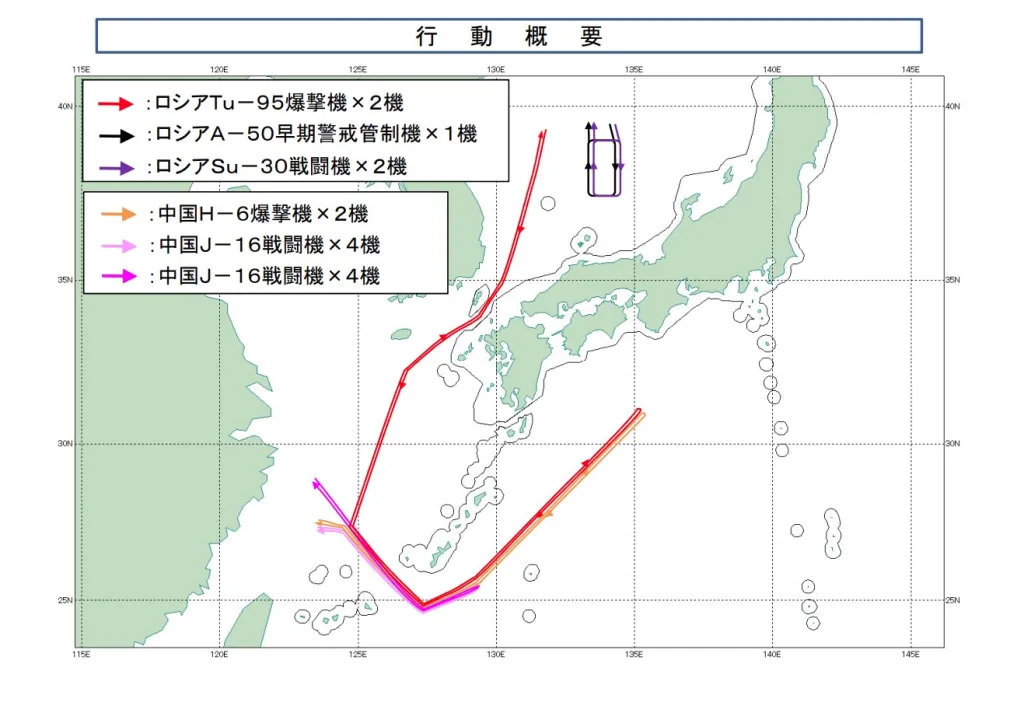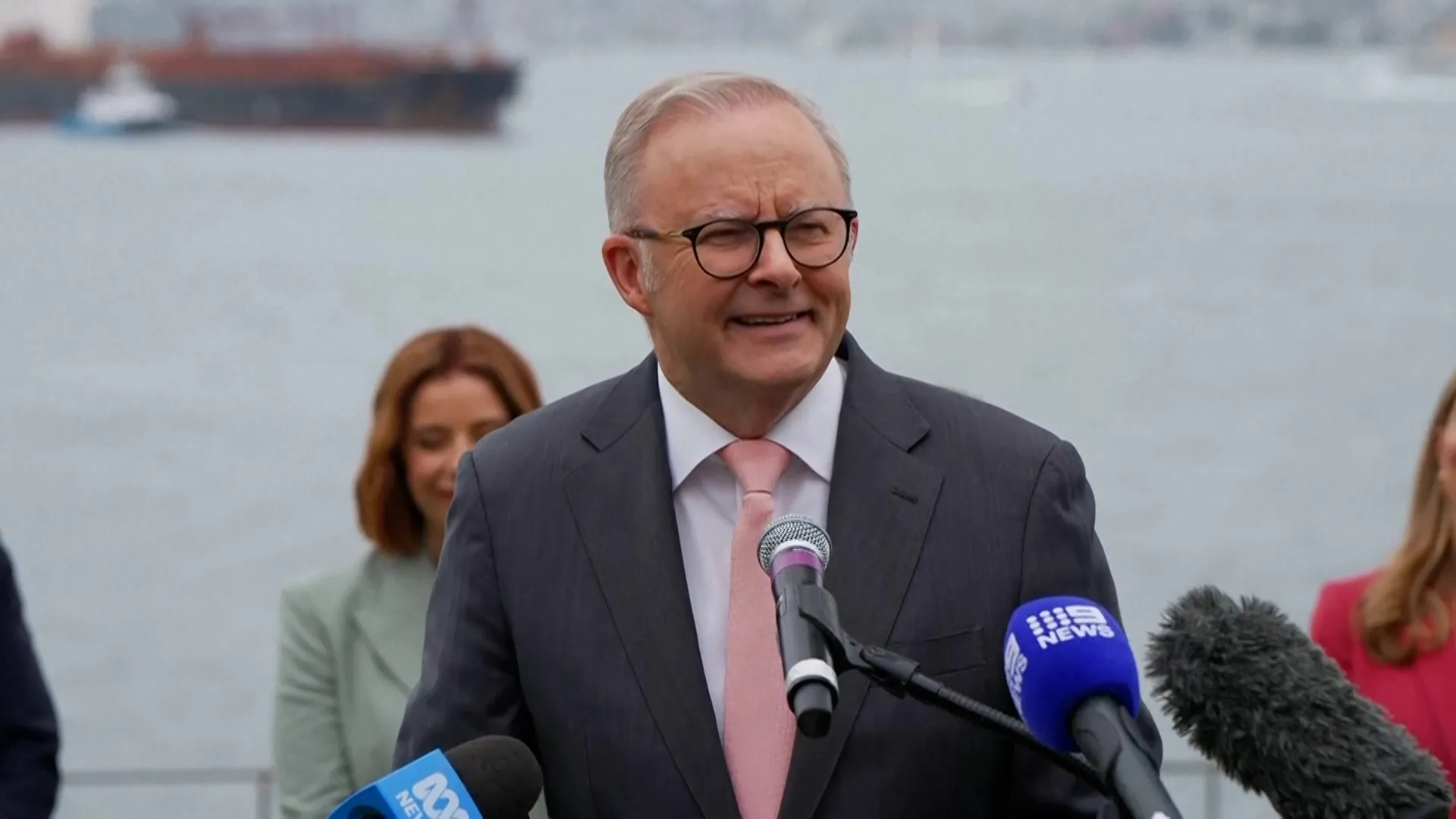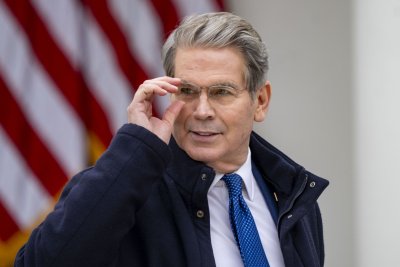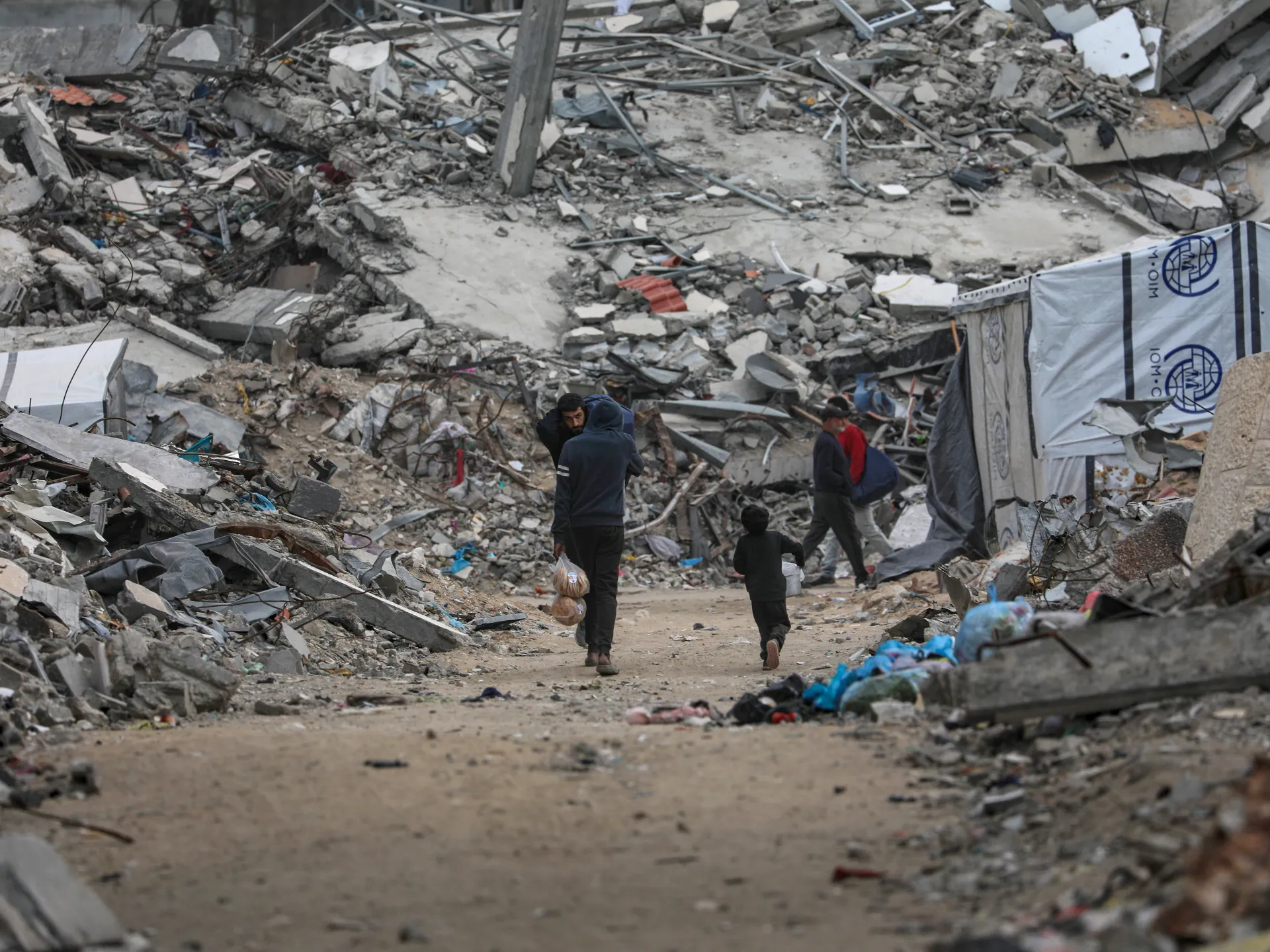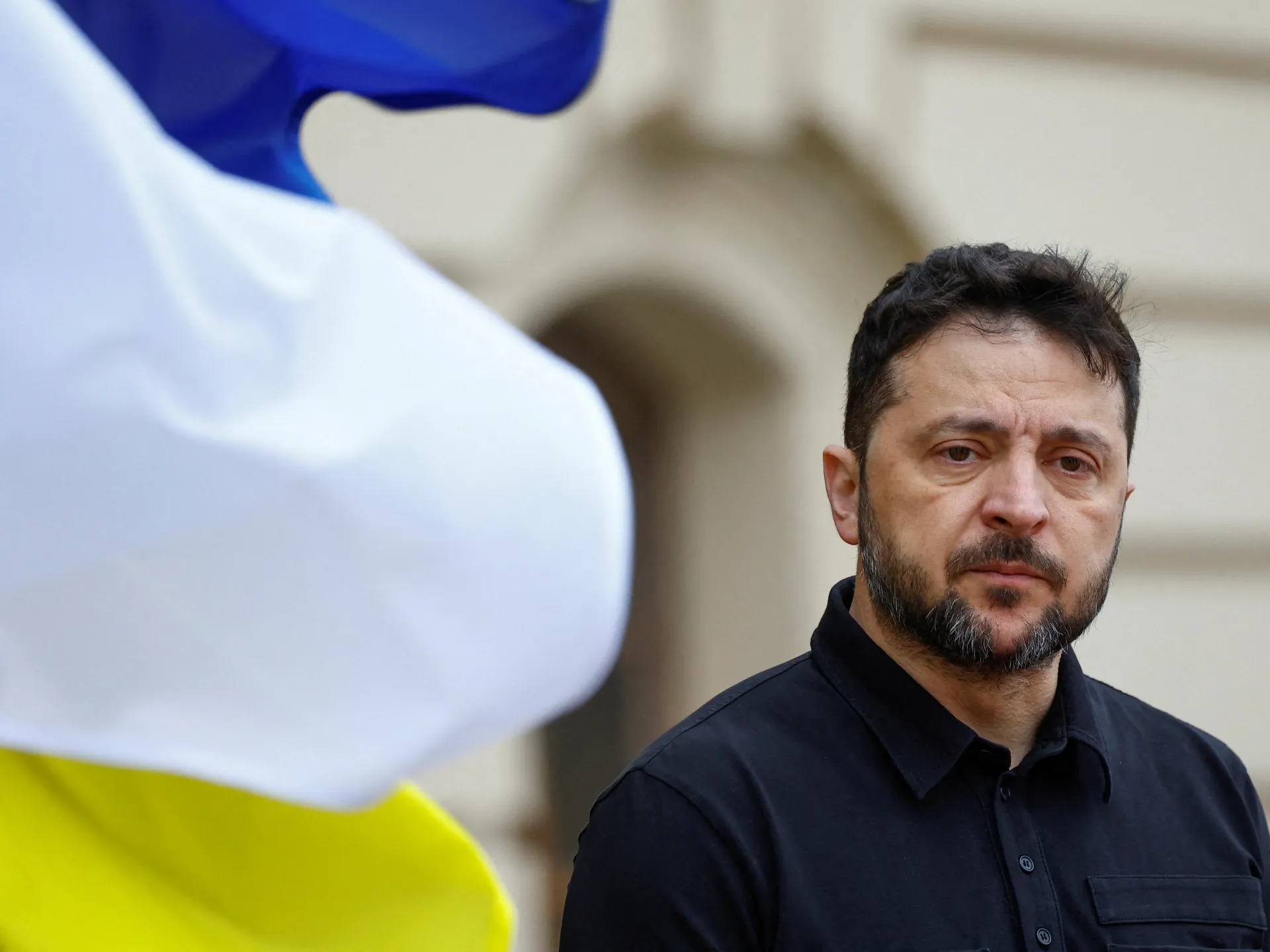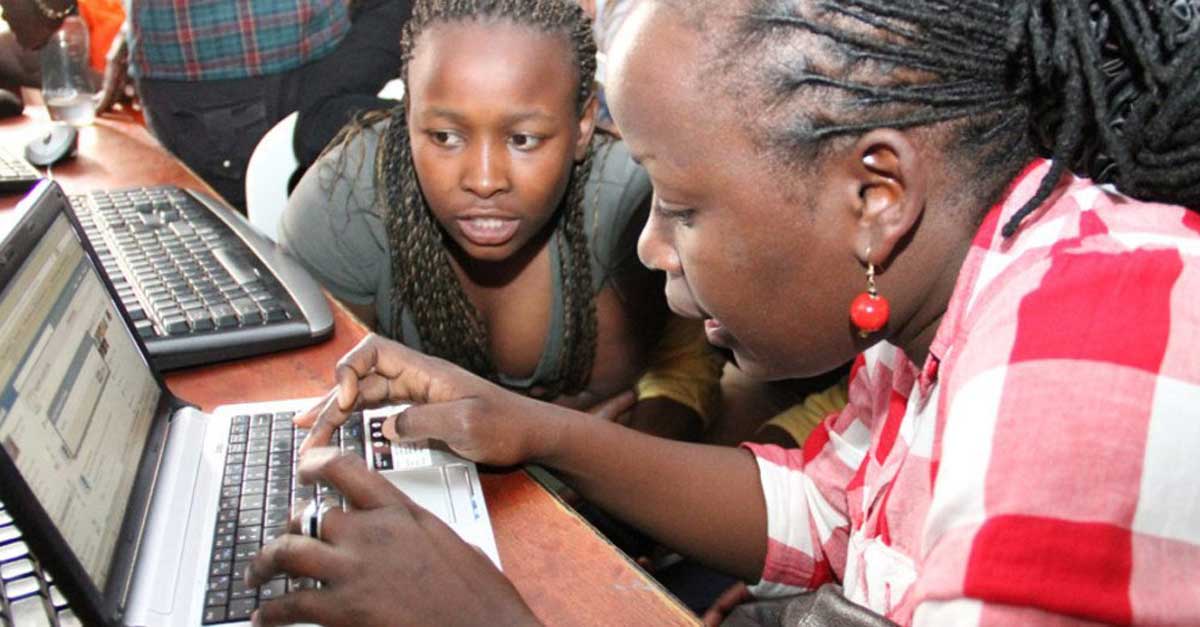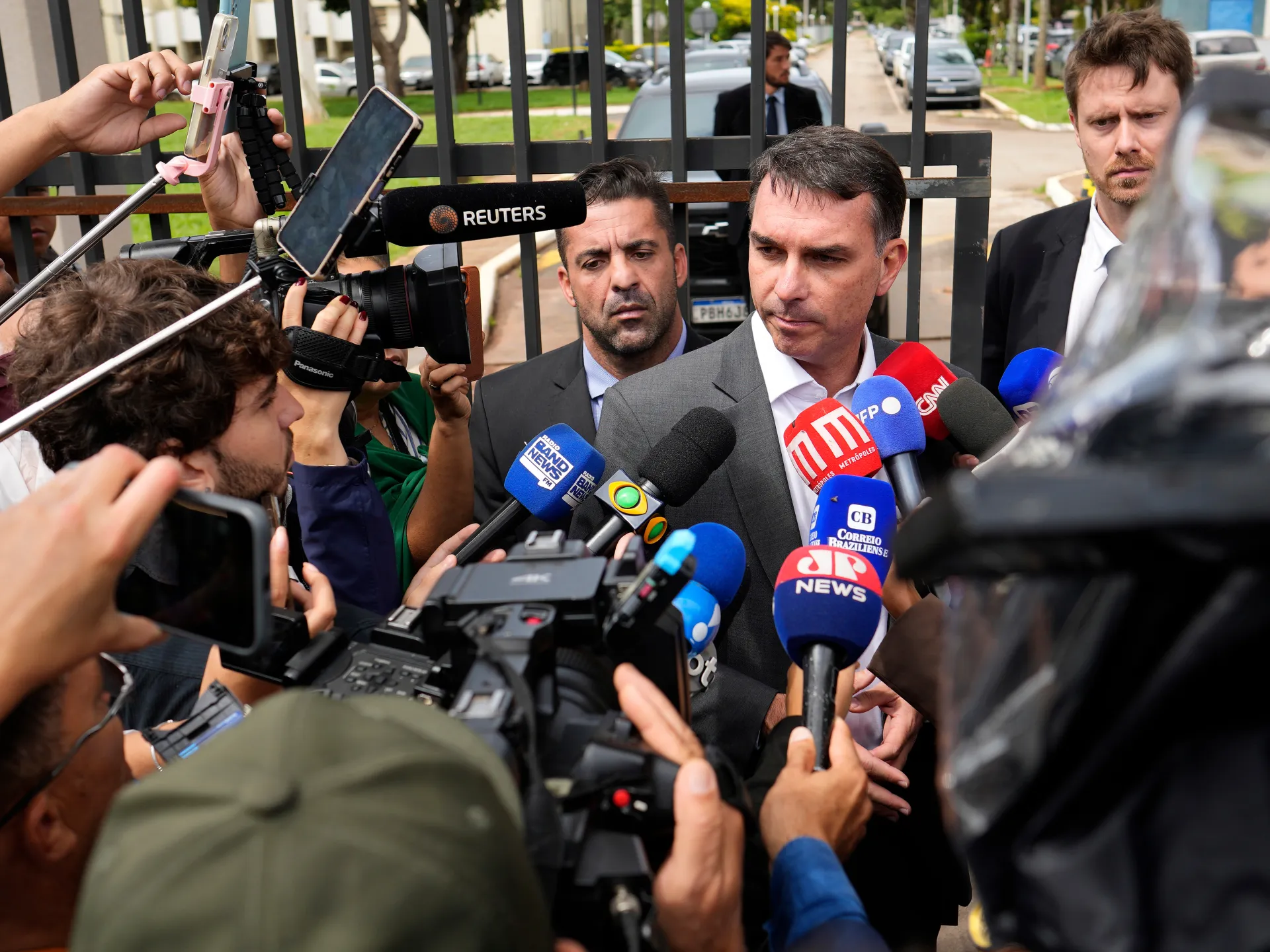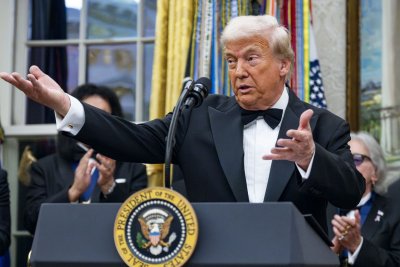‘Possible rise in maternal deaths’: How USAID cuts strand Malawi’s mothers | Health News
Mulanje and Lilongwe, Malawi — Ireen Makata sits in her white nursing uniform on a weathered bench at a health post in Malawi’s southern Mulanje district.
The facility is one of 13 in the district, located within a seminomadic, predominantly agricultural community 65km (40 miles) east of Blantyre, Malawi’s commercial capital, near the Mulanje mountain range.
Recommended Stories
list of 3 itemsend of list
The beige-painted facility stands out from the dozens of huts around it made of red bricks, with straw roofs. To the right of the main entrance is a supply room with diminishing medical supplies. On the other side is an ambulance that Makata says is now rarely used.
Health posts like this were set up to serve remote communities and alleviate pressure on district hospitals. They were crucial in providing communities with basic healthcare, antenatal care, family planning and vaccines.
The clinic in Mulanje used to see dozens of women a day, providing maternal care, including helping women give birth, dispensing medicines and, when needed, transport to the hospital. But now, since funds were cut, it is open only around once every two weeks, stretching its supplies for as long as it can and unable to regularly transport visiting healthcare workers.
Health posts like this are facing closure – 20 have already shuttered in the country – due to the Trump administration cutting United States Agency for International Development (USAID) funding in February. This is forcing the country’s health system to withdraw critical services, placing further stress on hospitals, and leaving thousands of women and children without needed care in a region burdened by poverty and long distances to hospitals.
Makata, a nursing officer specialising in maternal and newborn care, usually based at the district hospital, says she used to visit the post two or three times a week. Now she rarely comes and no longer sees most of the patients she used to care for.
“Most of the women who relied on this post now find the distance to access a district hospital too far,” she tells Al Jazeera.
It would take a large chunk of a day, travelling on the bumpy dirt roads of Mulanje district, to reach one. That long visit “takes them away from their day-to-day activities, which bring income or food to their table,” she explains.
Many cannot afford to do that and now go without care.
“They are failing to get the ideal treatment for antenatal care services, especially during the first trimester of pregnancy,” Makata says.

‘Baby and mother in jeopardy’
USAID funding was all-encompassing. It funded remote medical outposts, covering everything from the training of new staff and the provision of drugs and supplies for pregnant women to petrol for ambulances.
The US government provided close to 32 percent of Malawi’s total health budget before the cuts.
USAID funded the health posts through a programme called MOMENTUM in 14 of Malawi’s 28 districts, starting in 2022, helping strengthen existing clinics and set up new ones. As of 2024, there were 249 posts. The programme also provided medical outreach to communities and equipment. About $80m was being invested in the programme by Washington.
Early this year, US President Donald Trump issued stop-work orders on USAID-funded programmes as part of an executive order to pause and re-evaluate foreign aid.
With that move, MOMENTUM was shelved, and the two dozen mobile posts were shuttered as a result. Medical trainees were left in limbo, and life-saving equipment was sold off in fire sales by Washington.
The United Nations Population Fund (UNFPA) still provides technical and financial support to several remote districts for maternal and newborn health, but the available resources are not enough to cover the sites funded by MOMENTUM. There are fears that the UNFPA sites will run out of resources and supplies in the coming months.
In the wake of Trump’s funding cuts, health experts in Malawi have raised urgent concerns that new mothers and children will face the greatest impact, with many lives potentially lost as a result.
Makata has set up a WhatsApp group for women to contact her with concerns and questions, but she is frustrated that she cannot work as she used to.
“We would go to where people resided and give them permanent and long-term care,” she says, referring to the posts. “It’s not easy for me to see this. We can’t help those who need the services the most.”
Massitive Matekenya, a community leader for the Musa community in Mulanje district, dressed in a black blazer and oversized chequered-green tie, is at the vacant Mulanje health post.
These days, he says, it is hard to put on a brave face for the people he represents.
“Women in our community are now giving birth on the way to the district hospital since it’s such a long distance away,” says Matekenya. “That puts baby and mother in jeopardy with the potential of the mother bleeding out.”
Matekenya struggles to boost morale as he is constantly faced with community anger over the fact that medical outreach has ended.
He says a 40-year-old woman from his community recently died from malaria. “She had no quick referral to the nearest health facility due to issues of transport,” Matekenya says, noting that the community reached out to a politician but that his assistance came too late.
“I’m worried,” he says. “With family planning services not being offered any more, we are expecting to see a spike in pregnancies, and we are anticipating a possible rise in maternal deaths.”

Impact on fistula care
In a health clinic in Malawi’s capital, Lilongwe, a woman dressed in black with a golden brooch shuffles from hall to hall. Margaret Moyo is tending to her daily responsibilities as head coordinator at the Bwaila Fistula Centre.
Obstetric fistula occurs when a hole between the birth canal and bladder or rectum is formed during an obstructed and extended labour. Women who do not receive medical treatment can be left incontinent.
Beyond the physical pain, women suffering from obstetric fistula also face social stigma due to the constant leaking and are often ostracised from their communities.
The Bwaila Fistula Centre receives more than 400 patients a year from all over the country, as well as from districts in neighbouring Mozambique. It has 45 beds, one doctor and 14 specialised nurses, and some 30 patients were at the centre when Al Jazeera visited in August.
With fewer resources, individuals will not be seen as often during pregnancy, which could lead to undetected maternal health issues, including more cases of fistula, Moyo argues. She is also concerned that conversations around prevention and education will take a backseat.
“The focus should be on training midwives, access to care and education to delay pregnancy in younger women since they are often most at risk of fistula,” says Moyo.
Before the USAID cuts, Malawi’s government had already forecast a $23m shortfall for reproductive, maternal, and newborn health funding for 2025 owing to drops in foreign aid.

‘I am able to help them’
For the past five years, Moyo has been running what she calls an “ambassador” programme at her facility. Patients who undergo successful fistula repair and are reintegrated into their communities are trained and sent out into their communities.
So far, 120 fistula survivors have become patient ambassadors who educate through community outreach to bring in new patients for treatment.
One such ambassador is Alefa Jeffrey. Wearing a grey “Freedom from Fistula Foundation” T-shirt, the 36-year-old mother of four crosses her arms and gazes towards the floor as she talks about being ostracised after she gave birth and developed a fistula.
“I wasn’t allowed to go to church because the other girls made fun of me and said I smelled bad because I was leaking urine and stool,” she says. “My family told me to go to a traditional healer, but he wasn’t able to help.”
Jeffrey could deal with the physical pain, but she was tormented by the negative interactions with friends and family.
“I got used to dealing with fistula, but it was what people were saying that was giving me the most pain,” recounts Jeffrey, who says she even contemplated suicide.
But she also started looking for answers, asking the traditional healer and then eventually meeting an ambassador who came to her community to speak to women.
Having successfully undergone treatment, involving surgery and follow-up patient and educational care, Jeffrey now advocates for fistula education.
She has set up a WhatsApp group for people to chat with her for information about the condition. She has also brought in 39 mothers from her community to the clinic.
“I’m an expert now. I’m able to convince people to come, which isn’t easy,” says Jeffrey. “Some women have lived with a fistula for so long they don’t believe they can be repaired, and they have already given up, but I am able to help them.”

Lessons from the past: ‘We didn’t panic’
Although health experts are worried about the future of a system without USAID in a country where more than 70 percent of the population lives below the poverty line, government leaders say they have been there before.
Back in 2017, during his first presidency, Trump halted funding for the UNFPA and several groups that provided family planning. Malawi’s government approached NGOs and other countries to alleviate the gaps in funding.
Through community and grassroots innovations, they believe they can weather the storm again.
“We didn’t panic when we heard about the USAID cuts,” says Dr Samson Mndolo, Malawi’s secretary of health. “Instead, we looked at how to be more efficient and get more services for our money.
“We looked at areas where we could maximise resources, so for example if an officer goes to a community to do immunisations, they can now provide family planning services in the same trip too.”
Sitting in his office in the Lilongwe City Council building behind an organised desk, Mndolo discusses the challenges.
“As soon as the stop-work orders came out, we lost close to 5,000 health workers. The majority of these are what we call HIV diagnostic assistants,” he says, referring to the fallout from the USAID cuts. “We are looking now to push towards a health system that is more community-based and not necessarily hospital-based.” In such a system, doctors and health workers from central hospitals would be dispatched more to remote communities, and regular community outreach would become part of their remit, requiring them to perform a wider array of services.
Mndolo and his colleagues are setting up online initiatives and WhatsApp chat groups to field questions from remote patients. He remains optimistic about Malawi’s health system and says the worst thing the country can do now is to lose hope.
“Each crisis is an opportunity. This gives us a chance to strengthen the system and retrain our workforce and digital health systems,” he says.
“We are not naive. This will take some time, but once we get a hold of that as a nation, we can be better with time; that is the opportunity that is there for us.”
Despite such reassurance, those in remote communities say they feel isolated.
Tendai Kausi, a 22-year-old mother from the Musa community in the Mulanje district, still goes to the remote health post for help with her four-year-old son, Saxton. But because of the cuts and closures, many women from her community do not, and she has seen new mothers carry pregnancies in their isolated villages – far from healthcare and without routine checks.
“This is not good for the development of our country,” she says.
“My child will be affected because the services here will not get better,” Kausi says. “I feel very sad for my community.”

